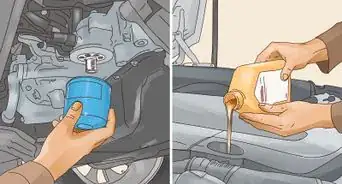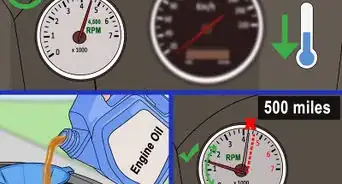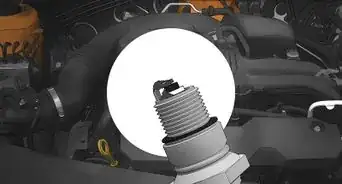This article was co-authored by wikiHow staff writer, Devin McSween. Devin McSween is a wikiHow Staff Writer. With a background in psychology, she has presented her research in social psychology at a variety of conferences and has contributed to several manuscripts for publication. At wikiHow, Devin combines her love of writing and research with the goal of bringing accessible information to wikiHow readers that will help them learn and grow. She earned her BS in Psychology from the College of Charleston.
There are 9 references cited in this article, which can be found at the bottom of the page.
Learn more...
If you’re shopping for a new car or modifying an old one, you’ve probably heard the words radiator and intercooler thrown around. Both of these parts cool off a car’s engine, so are they really that different? If you’re wondering about the purpose of intercoolers and radiators, you’ve come to the right place! In this article, we’ll go over the main differences between intercoolers and radiators and explain what each one does. Read on to learn more!
Things You Should Know
- Intercoolers are used to cool down compressed air, while radiators cool off coolant.
- Every car has a radiator, while only cars with a turbocharger or supercharger have an intercooler.
- Intercoolers use water or air to cool down hot, compressed air and increase the efficiency of the engine.
- Radiators absorb the heat from hot coolant using their fins. They then send the cooled-down coolant back through the engine.
Steps
References
- ↑ https://www.hotcars.com/car-tech-the-intercooler-explained/
- ↑ https://www.carbuyer.co.uk/car-technology/303922/what-does-a-car-radiator-do-and-what-can-go-wrong
- ↑ https://www.hotcars.com/car-tech-the-intercooler-explained/
- ↑ https://www.hotcars.com/heres-the-difference-between-turbochargers-and-superchargers/
- ↑ https://www.carcareportal.com/intercooler-vs-radiator/
- ↑ https://www.carcareportal.com/intercooler-vs-radiator/
- ↑ https://repairpal.com/estimator/intercooler-replacement-cost
- ↑ https://www.jdpower.com/cars/shopping-guides/how-much-does-it-cost-to-replace-a-radiator
- ↑ https://www.thedrive.com/guides-and-gear/what-is-an-intercooler
- ↑ https://www.carbuyer.co.uk/car-technology/303922/what-does-a-car-radiator-do-and-what-can-go-wrong
- ↑ https://www.hotcars.com/car-tech-the-intercooler-explained/
- ↑ https://www.thedrive.com/guides-and-gear/what-is-an-intercooler
- ↑ https://www.carthrottle.com/post/how-intercoolers-add-power-and-why-you-need-one/


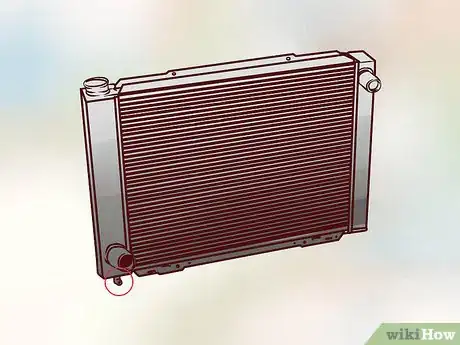
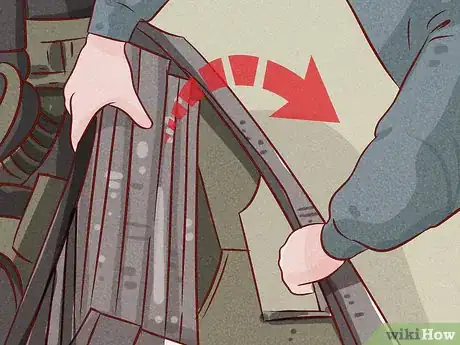
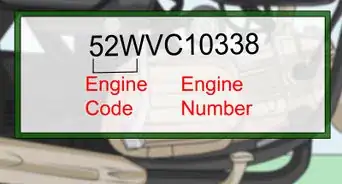
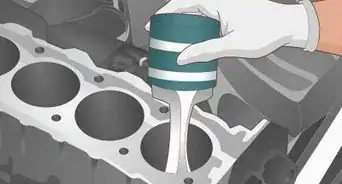
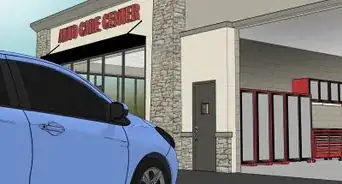
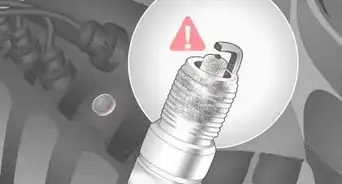
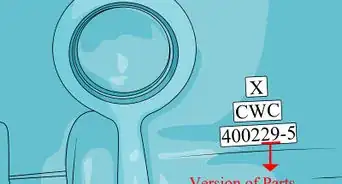

-Step-13.webp)
